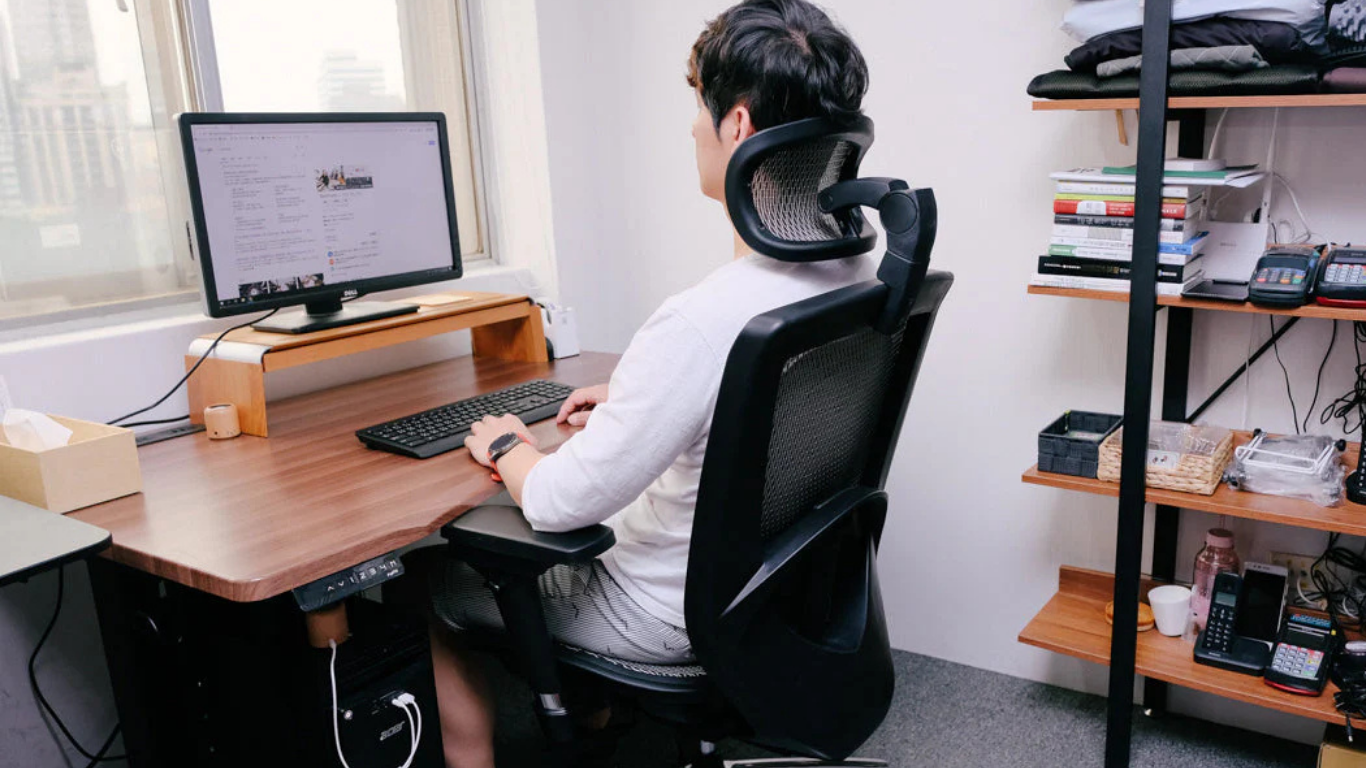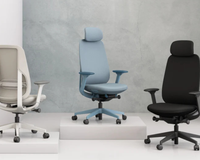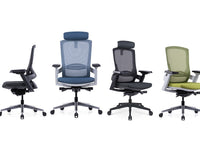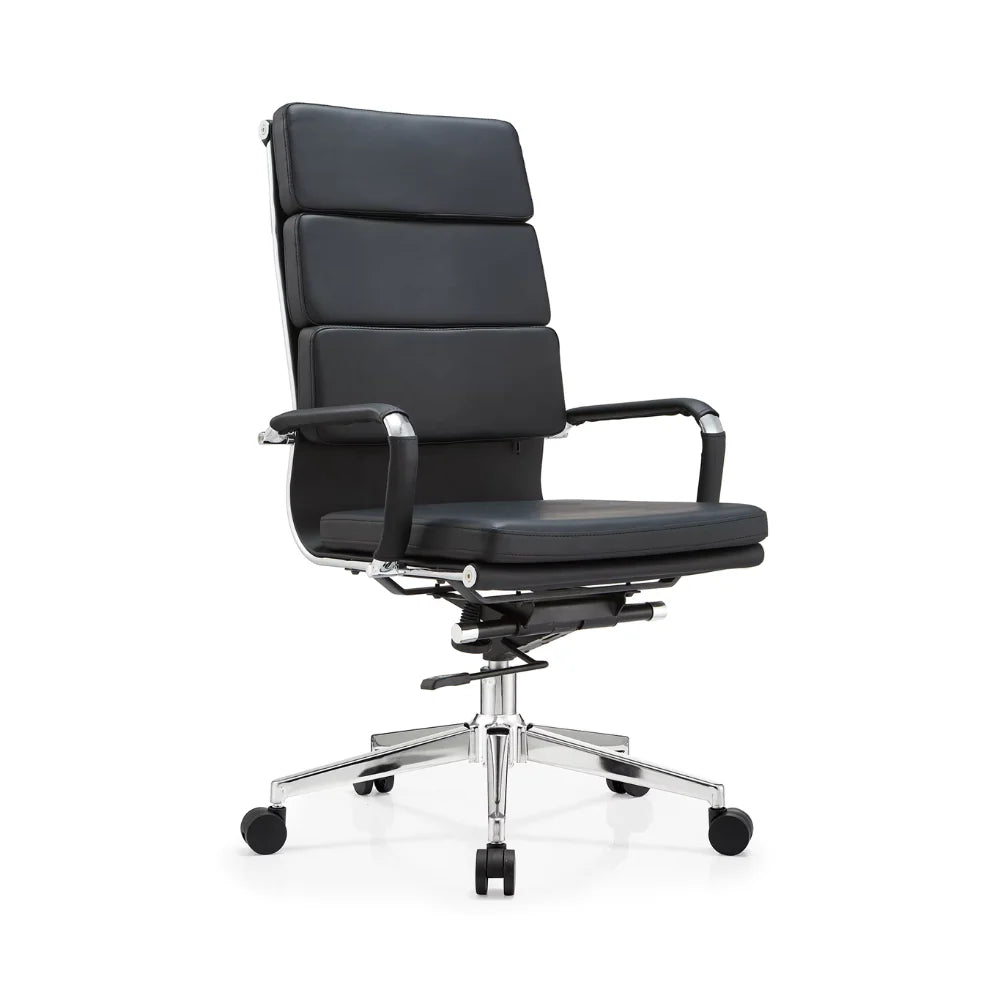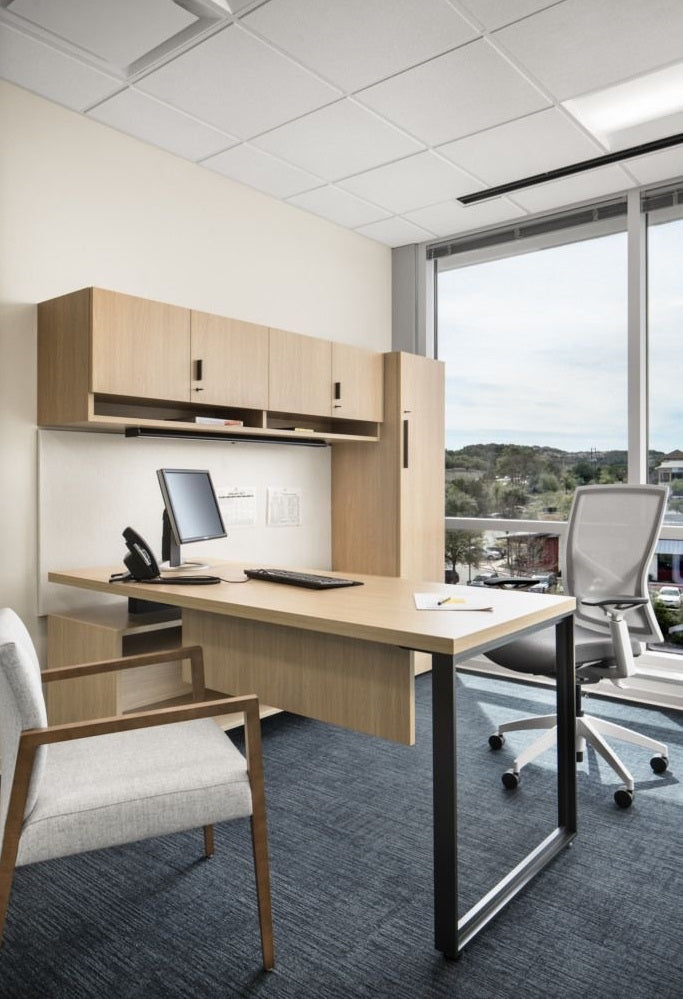Choose the "Golden Chair" to double your work efficiency
If you and I spend one-third of our lives in bed, it emphasizes the importance of choosing a good bed. To paraphrase this sentence: modern office workers spend about one-third of their lives in an office chair . So, how should we choose a good chair to improve our working posture and reduce the occurrence of pain?
When choosing a work chair, you should pay attention to the nature of the work and the common posture. If you have to deal with workbenches in different directions at the same time, then the chair should have pulleys and can rotate. If you need to alternate between sitting and standing at work and often get up to get things, a sit-stand chair that is higher and designed to lean forward may be more suitable.
Body shape is also a key consideration. There are differences between men and women, and between Chinese and Western styles. No single chair is universally applicable. If the chair itself is not easily adjustable, consider the size range. Furthermore, the height of the worker, chair, and work surface should all be coordinated to maximize work efficiency and minimize discomfort.
When it comes to office chairs, what principles should we pay attention to when choosing?
1. The chair back does not have to be higher than the shoulders, but it must have an arc that supports the lumbar spine. Don’t just put a pillow at the back. Putting it in the wrong place will only make it worse and cause discomfort. In addition, a reminder - don’t forget to lean on the chair back when working.
2. Seat and Cushion. When sitting down, leave at least an inch of space between the side cushions. The depth should be sufficient to accommodate the entire buttocks and thighs. Ideally, the front of the cushion should be slightly curved, rather than having a hard, square edge. Also, leave some space behind the knees to avoid localized pressure on the knees and thighs. Ideally, the seat should be adjustable. Besides matching the height of the work surface, the seat should also allow the user's thighs to be roughly parallel to the ground, the knees to be slightly lower than the hips, and the feet to be completely flat on the ground, not suspended in the air.
3. Armrests: Appropriate armrests can provide arm support, but they should not be too high, causing the shoulders to slump. If the armrests prevent you from pulling the chair closer to the workbench or affect left and right movements, it is best to choose armrests that can be adjusted in height or removed.
Fourth, adjustability. In chair design, the more adjustable features a chair has, the more expensive it is. Given price, seat height adjustment is a minimum requirement. Furthermore, pneumatic adjustment is more practical, and the adjustment lever should be easily accessible while seated.
5. Stability. The base should be stable. If you need to turn frequently during work, you should use a chair with casters, preferably with five-point support. Also, make sure the caster design is suitable for your workplace floor.
6. Material: Leather is easier to clean, while fabric is more breathable, and each has its own advantages and disadvantages. The backrest and cushion should not be too soft.
For office workers, they spend the most time in close contact with chairs from nine to five every day. Whether it is stylish should be secondary, and comfort and health are the most important!
Do you often work in front of a computer? Suffering from neck, back, and arm pain all the time? Want to solve it? It's actually quite easy.
